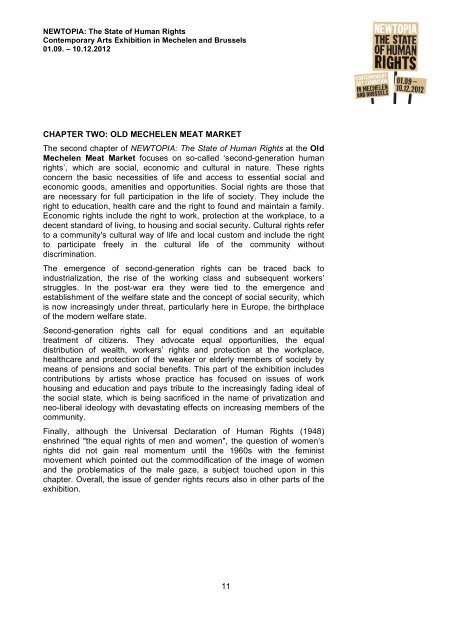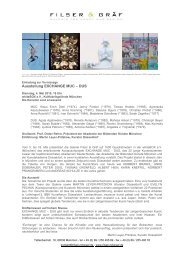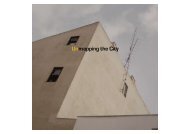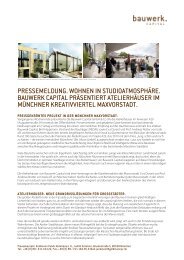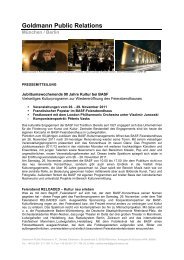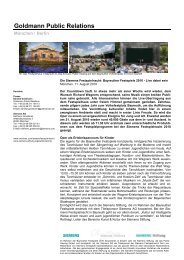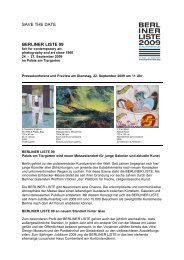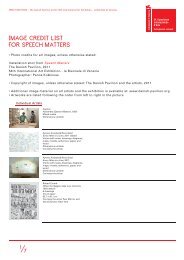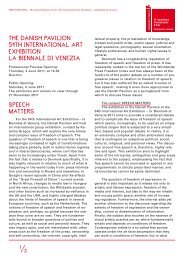Press Kit (August 30th/31st, 2012) - Goldmann Public Relations ...
Press Kit (August 30th/31st, 2012) - Goldmann Public Relations ...
Press Kit (August 30th/31st, 2012) - Goldmann Public Relations ...
You also want an ePaper? Increase the reach of your titles
YUMPU automatically turns print PDFs into web optimized ePapers that Google loves.
NEWTOPIA: The State of Human Rights<br />
Contemporary Arts Exhibition in Mechelen and Brussels<br />
01.09. – 10.12.<strong>2012</strong><br />
CHAPTER TWO: OLD MECHELEN MEAT MARKET<br />
The second chapter of NEWTOPIA: The State of Human Rights at the Old<br />
Mechelen Meat Market focuses on so-called ‘second-generation human<br />
rights’, which are social, economic and cultural in nature. These rights<br />
concern the basic necessities of life and access to essential social and<br />
economic goods, amenities and opportunities. Social rights are those that<br />
are necessary for full participation in the life of society. They include the<br />
right to education, health care and the right to found and maintain a family.<br />
Economic rights include the right to work, protection at the workplace, to a<br />
decent standard of living, to housing and social security. Cultural rights refer<br />
to a community's cultural way of life and local custom and include the right<br />
to participate freely in the cultural life of the community without<br />
discrimination.<br />
The emergence of second-generation rights can be traced back to<br />
industrialization, the rise of the working class and subsequent workers’<br />
struggles. In the post-war era they were tied to the emergence and<br />
establishment of the welfare state and the concept of social security, which<br />
is now increasingly under threat, particularly here in Europe, the birthplace<br />
of the modern welfare state.<br />
Second-generation rights call for equal conditions and an equitable<br />
treatment of citizens. They advocate equal opportunities, the equal<br />
distribution of wealth, workers’ rights and protection at the workplace,<br />
healthcare and protection of the weaker or elderly members of society by<br />
means of pensions and social benefits. This part of the exhibition includes<br />
contributions by artists whose practice has focused on issues of work<br />
housing and education and pays tribute to the increasingly fading ideal of<br />
the social state, which is being sacrificed in the name of privatization and<br />
neo-liberal ideology with devastating effects on increasing members of the<br />
community.<br />
Finally, although the Universal Declaration of Human Rights (1948)<br />
enshrined "the equal rights of men and women", the question of women’s<br />
rights did not gain real momentum until the 1960s with the feminist<br />
movement which pointed out the commodification of the image of women<br />
and the problematics of the male gaze, a subject touched upon in this<br />
chapter. Overall, the issue of gender rights recurs also in other parts of the<br />
exhibition.<br />
11


